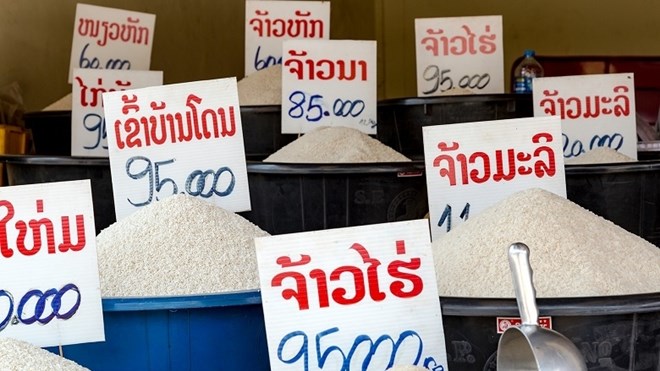



Economic
growth in Laos has seen robust expansion compared to regional peers but the
country is still at risk due to high public debt, with growth in the share of
debt on less concessional terms, according to a report of the World Bank
(Photo: www.worldbank.org)
Laos' economic growth was forecast at 6.7 percent this year, while
public debt was estimated to be 61 percent of GDP at the end of 2017.
The report said solid export performance from the power and
manufacturing sectors would continue while tourism is expected to recover.
Macroeconomic management is improving with stronger efforts to increase
revenues, keep spending under control and clear arrears with greater
flexibility in the exchange rate. Inflation remains low at around two percent
but had started to pick up as oil prices recover.
Parts of the financial sector also remain weak and foreign
reserves need to improve, said the WB. To lower risks, bolder steps on fiscal
discipline will be required, such as reconsidering the large portfolio of
public investment and improving spending efficiency.
The medium-term outlook remains broadly favourable, if fiscal
consolidation and debt management progress, along with reform in the business
environment and measures to strengthen the financial viability of the power
sector, the bank said.
It suggested that promoting a vibrant private sector and investing
in human capital will also help sustain growth into the future.
World Bank Acting Country Manager to Laos Viengsamay Srithirath
said Laos' continued strong growth over the past decade has improved living
conditions and services for much of the Lao population.
Besides, improvement in the business environment could help Laos'
economy grow outside of the natural resources sectors, resulting in more jobs.
Opportunities in agriculture, agro-processing, tourism, trade and manufacturing
have the potential to reduce poverty even further, Srithirath added.
WB’s report also included a thematic analysis on the rice value
chain in Laos, where rice remains the dominant crop and is a critical food
source.
Improvements will depend on more productive partnerships between
farmers and millers as well as more streamlined business regulations, improved
public services to enhance rice commercialisation, and better access to
finance. These efforts will reduce farm production costs and increase the
quality of rice, addressing some of the sector's key challenges, said the
report.
Source: VNA